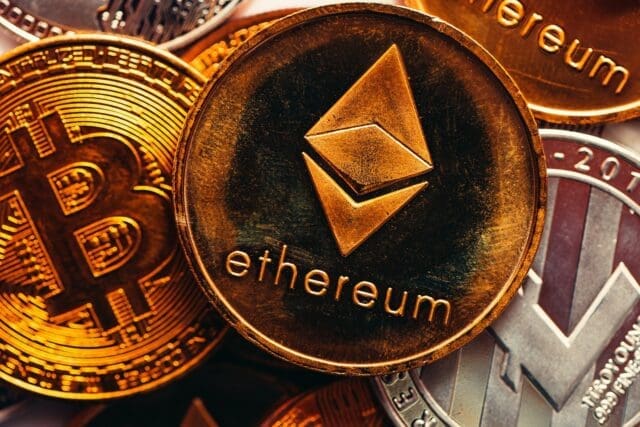Tokens can be fungible vs non-fungible. What are they, how valuable are they, and are they worth buying?
What Are Fungible Tokens
Fungible tokens can be bought, sold, exchanged on cryptocurrency exchanges. Each individual token can be replaced with another token of the same name without losing its value on any of them. This is roughly the same as exchanging a minted coin for a banknote of the same denomination.
Similar to fiat currencies, fungible tokens can be subdivided into standard units of lower value, a digital counterpart to a bargaining chip. In this case, the cost of the parts relative to the main token will remain unchanged. These parts can also be sold, bought, and exchanged.
A fungible token can be accumulated by receiving parts of it over time, as it happens in an ordinary physical piggy bank. For example, Bitcoin has its own “bargaining chip” – satoshi. This means that it can be considered as a fungible token.
What Are Non-Fungible Tokens
Fungible tokens can be conventionally considered digital counterparts of stocks or other securities. Non-fungible NFT tokens are closest to collectibles. Each NFT is unique and can only be received or transmitted in its entirety. Since a non-fungible token cannot be split into parts, it cannot be accumulated.
In the physical world, anything can become collectible, not even unique, and not very valuable. It could be a completely ordinary piece of clothing or a custom hardware best bitcoin wallet owned by a celebrity.
The cost of such items is created quite artificially, and it is understandable only for the initiated.
In the world of cryptocurrencies, things are a little different. Any file can be turned into NFT. To do this, it must be registered in the blockchain. This opportunity is provided by the blockchain. When registering, the file receives a unique identifier and proof of ownership. From this moment on, it cannot be duplicated, destroyed, altered, or faked. That is, each NFT is unique and exists in a single copy.
Just as collectibles are sold at special online and offline auctions, so are NFTs sold at special sites on the Internet.
First NFT in History
The first NFT system was the Ethereum Name Service. It was created in 2017 before the standard for NFT was developed. The ERC-721 standard was introduced in 2018.
ENS creates unique names on the Ethereum blockchain. Such names can be used to store any valuable information, as well as receive any blockchain-based crypto assets. The ENS name can belong to an individual, a group of people, an organization, or be used for a specific project.
Are Non-Fungible Tokens in the Real World?
The most accurate physical counterpart to NFT is art and collectibles. However, these are far from all possible analogs. Intangible resources can also be considered as a non-fungible token: for example, professional skills or a person’s working time spent on monetizing something.
Is It Worth Investing in NFT?
NFTs can cost a fortune. But in order to buy and sell them, you need certain knowledge and a share of luck. To get started, it’s worth learning more about the underlying technology to represent the real value of the NFT. Their market value is also created artificially.
Who would have guessed that the free CryptoPunks characters would become one of the most expensive crypto assets in just a few years? NFTs can be a good long-term investment tool, but before you buy tokens for big money, think about how much you are willing to lose if something goes wrong.
Featured Image by AM Hasan Nasim from Pixabay




